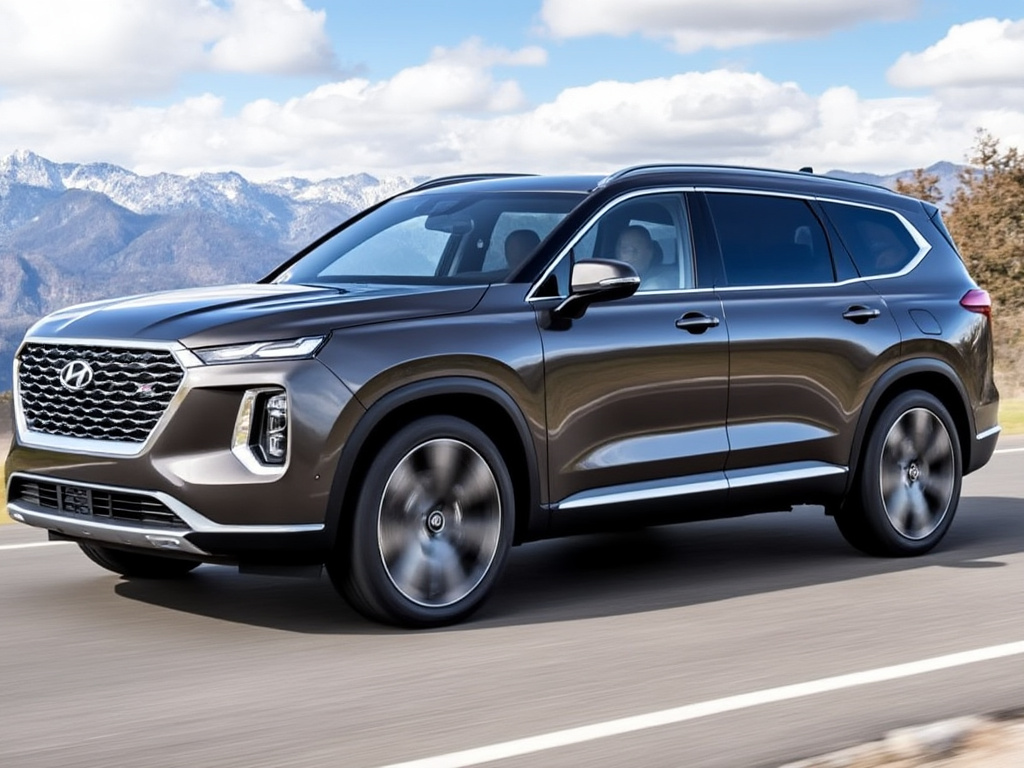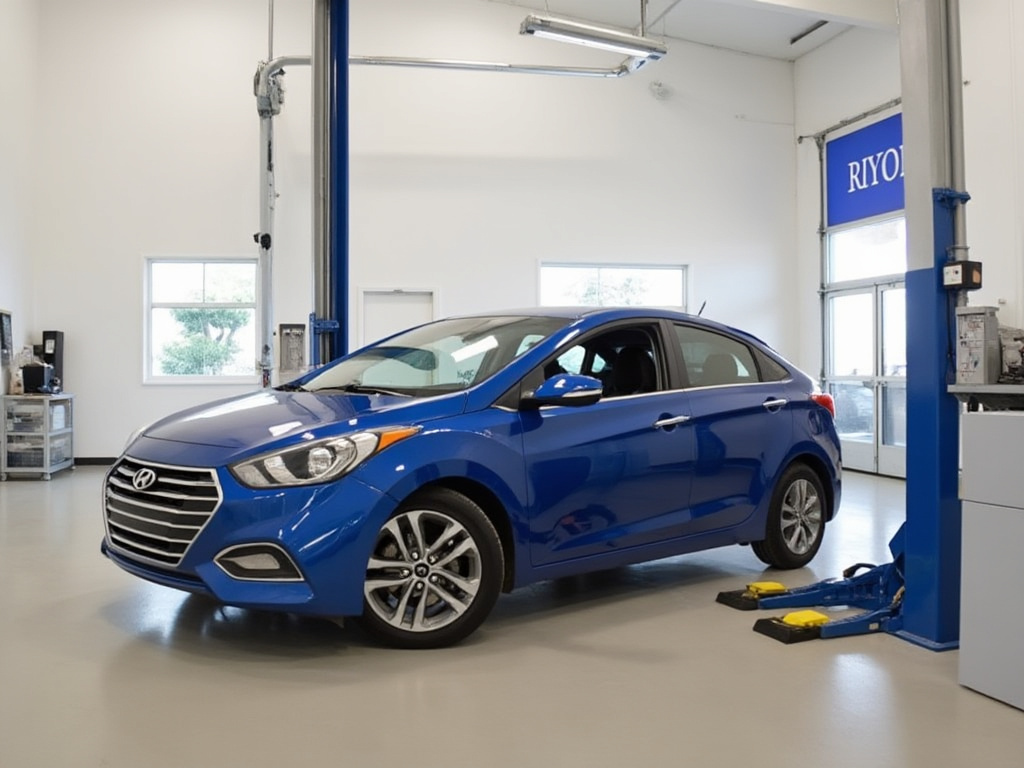Hyundai’s Electric Revolution: Powering into the Future
Hyundai’s Leap into Electric: The Evolution of Mobility
A New Chapter in Automotive History
As an auto expert with over 15 years in the industry, I’ve seen many brands come and go, shift gears, and sometimes pivot entirely in their focus. Hyundai’s leap into electric mobility represents not just a change in product but a profound shift in automotive philosophy.
Redefining Design and Space
When you look at Hyundai’s latest offerings like the IONIQ 5 and IONIQ 6, you’re not just seeing cars; you’re witnessing a new chapter in automotive history. The design ethos of these vehicles isn’t merely about being trendy or eco-conscious; it’s about redefining what mobility means in the 21st century. The IONIQ 5, with its nod to the past through its retro-futuristic design, embodies this evolution. It’s spacious, thanks to the flat floor made possible by the battery layout. It’s like Hyundai took the essence of mobility and asked, “How can we make this better for everyone?”
Performance Beyond Expectations
The performance aspect of Hyundai’s electric vehicles is equally commendable. The IONIQ 5 N, for example, showcases that electric cars can thrill. This isn’t just about silent driving; it’s about experiencing the rush of acceleration with instant torque that only electric motors can provide. It’s about proving that efficiency and excitement can coexist.
A Diversified Approach to Clean Transportation
Comparing these electric models with Hyundai’s other sustainable efforts, like the hydrogen-powered NEXO, gives us a broader picture. The NEXO, with its quick refueling and zero-emission promise, might not have the same market penetration as electric, but it’s a testament to Hyundai’s diversified approach to clean transportation.
Creating an Ecosystem of Sustainability
In my experience, what sets Hyundai apart in this electric revolution is not just the technology or the design; it’s their vision for an ecosystem. They’re not just building cars; they’re envisioning a future where our vehicles interact with our homes, with the grid, with everything around them. The idea of Vehicle-to-Grid (V2G) technology, where your car can power your home or sell energy back to the grid, is revolutionary. This isn’t just about selling cars; it’s about creating a sustainable lifestyle.
Leading the Charge into the Future
Hyundai’s leap into electric isn’t a mere transition; it’s a bold statement that they are here to lead, not follow. This isn’t just about competing in the EV market; it’s about redefining it. From the way they integrate eco-friendly materials to their focus on making their vehicles part of a larger, interactive network, Hyundai isn’t just adapting to change—they’re driving it. As we look towards a future with cleaner skies, Hyundai’s electric evolution is not just a step forward; it’s a giant leap for mankind, and I, as an auto expert, am genuinely excited to see where this journey takes us.
Hyundai’s Design Innovations for the Electric Era
A New Design Philosophy for a New Era
Since 2018, Hyundai has embraced a design philosophy of “Sensuous Sportiness,” which beautifully marries aesthetic allure with functional innovation. This approach has led Hyundai into a new era of automotive design, particularly tailored for the electric vehicle market. It’s not just about creating cars; it’s about envisioning the future of mobility through design.
Parametric Dynamics: A Signature of Modernity
Hyundai’s design language, now known as Parametric Dynamics, is vividly embodied in the IONIQ 5. This model, inspired by the iconic Hyundai Pony, introduces a design where each line and pixel isn’t just for show; they convey a message of technological advancement and modernity. The parametric pixel lights in the headlights and taillights are more than just stylistic choices; they are Hyundai’s mark in the realm of innovative design.
Comparative Design Elements:
|
Model
|
Design Feature
|
Purpose
|
|---|---|---|
|
IONIQ 5
|
Parametric Pixel Lights
|
Enhances recognition and adds a modern, tech-forward aesthetic
|
|
IONIQ 6
|
Seamless Horizon Lamp
|
Symbolizes the transition between day and night, emphasizing continuity
|
|
Genesis GV60
|
Two-Line Signature Lighting
|
Reflects brand identity while providing a unique visual signature
|
Space Maximization Through Electric Architecture
The shift to electric vehicles has opened up new avenues in design, thanks to the different structural needs compared to traditional engines. Hyundai’s E-GMP platform is a prime example, allowing for a flat floor due to the battery’s underbody placement. This design choice results in:
-
Interior Space: More legroom and novel seating arrangements, redefining cabin space.
-
Aerodynamics: The IONIQ 6’s body shape not only looks sleek but also enhances energy efficiency.
A Holistic Approach to Design and Functionality
Hyundai’s design isn’t just skin deep; it’s about creating a lifestyle. The IONIQ 5’s V2L capability illustrates this by turning the car into a power source for external devices, blending design with utility. The use of sustainable materials inside the vehicles highlights a commitment to environmental stewardship, showing that design can lead to sustainability.
Personal Insight on Hyundai’s Design Shift
The first time I sat in an IONIQ 5, the experience was transformative. It’s clear that Hyundai isn’t just following the electric trend but is redefining what cars can offer. The design is immersive, reflecting a deep understanding that the future of mobility involves not just moving from point A to B but doing so in a space that adapts to the driver’s lifestyle.
Hyundai’s approach to design in the electric era transcends mere aesthetics, aiming to enhance the entire user experience. It’s a testament to how Hyundai sees the car not just as a vehicle but as a part of our interconnected life, setting a standard for what vehicles in the electric age should aspire to be.
Charging Forward: Hyundai’s Infrastructure for the Electric Future
Vision for an Electrified Ecosystem
Hyundai’s electric revolution is not just about making cars; it’s about building a comprehensive ecosystem for electric mobility. The company has outlined ambitious plans under its ‘Hyundai Way’ strategy, aimed at enhancing electric vehicle (EV) and hybrid competitiveness. This involves a significant push towards creating an extensive charging infrastructure that supports the growing fleet of electric vehicles.
Strategic Investments in Charging Infrastructure
Hyundai’s commitment to electrification includes a hefty investment in research, development, and infrastructure. While specifics can vary, insights from industry discussions and Hyundai’s strategic announcements suggest an investment in the trillions of won, focusing on:
-
R&D for Battery and Charging Technologies: A substantial part of the investment is directed towards internalizing battery technology, developing affordable NCM (Nickel Cobalt Manganese) batteries, and enhancing safety. This includes the evolution of the Electric-Global Modular Platform (E-GMP) which supports both 400V and 800V charging systems, enabling faster charging times.
-
Expansion of Charging Networks: Posts on platforms like X highlight the real-world implementation of Hyundai’s strategy. For instance, collaborations with other companies are leading to the installation of high-power charging stations, with some boasting capabilities up to 720kW, although the actual charging speed depends on the vehicle’s capabilities.
-
Innovative Charging Solutions: Hyundai is exploring beyond traditional charging with features like Vehicle-to-Load (V2L), Vehicle-to-Vehicle (V2V), and Vehicle-to-Grid (V2G) technologies. These innovations not only enhance user convenience but also contribute to a more resilient energy grid.
Hyundai’s Role in Shaping Charging Standards
Hyundai is actively participating in shaping the future of charging standards, which is crucial for interoperability and user convenience:
-
Adoption of Multi-Voltage Systems: By incorporating systems that can handle both 400V and 800V, Hyundai vehicles are future-proofed for faster charging as infrastructure evolves.
-
Bi-Directional Charging: This technology, mentioned in industry reports, allows Hyundai EVs to not only draw power but also return power to other devices or back to the grid, which is a significant step towards energy sustainability.
User Experience and Infrastructure Accessibility
From the perspective of the end-user, Hyundai’s efforts translate to:
-
Increased Accessibility: Strategic placement of charging stations in high-traffic urban areas and along major highways ensures that EV owners face minimal inconvenience.
-
Fast Charging: The capability of Hyundai vehicles to charge at high speeds, as seen in user experiences shared on social platforms, reduces downtime significantly, making long trips more feasible.
-
Collaborative Networks: Hyundai’s investment in charging infrastructure isn’t insular. There’s a trend towards forming partnerships with other charging network providers to increase the overall utility of the EV ecosystem.
Personal Take on Hyundai’s Infrastructure Strategy
From an auto expert’s viewpoint, Hyundai’s approach seems to be about creating a holistic experience where charging your car is as convenient as fueling up a traditional vehicle. The focus on speed, safety, and versatility of charging options reflects an understanding that the transition to electric must be seamless for consumers. It’s not just about having the cars; it’s about ensuring they can go anywhere, just like their gas counterparts.
Hyundai’s steps towards an electric future are not just about compliance with regulations but about leading the charge (pun intended) in creating an infrastructure that supports and encourages the shift to electric mobility. The blend of technological innovation, strategic investments, and real-world implementation paints a picture of a brand committed to not only selling electric cars but also ensuring they are practical for everyday use.


